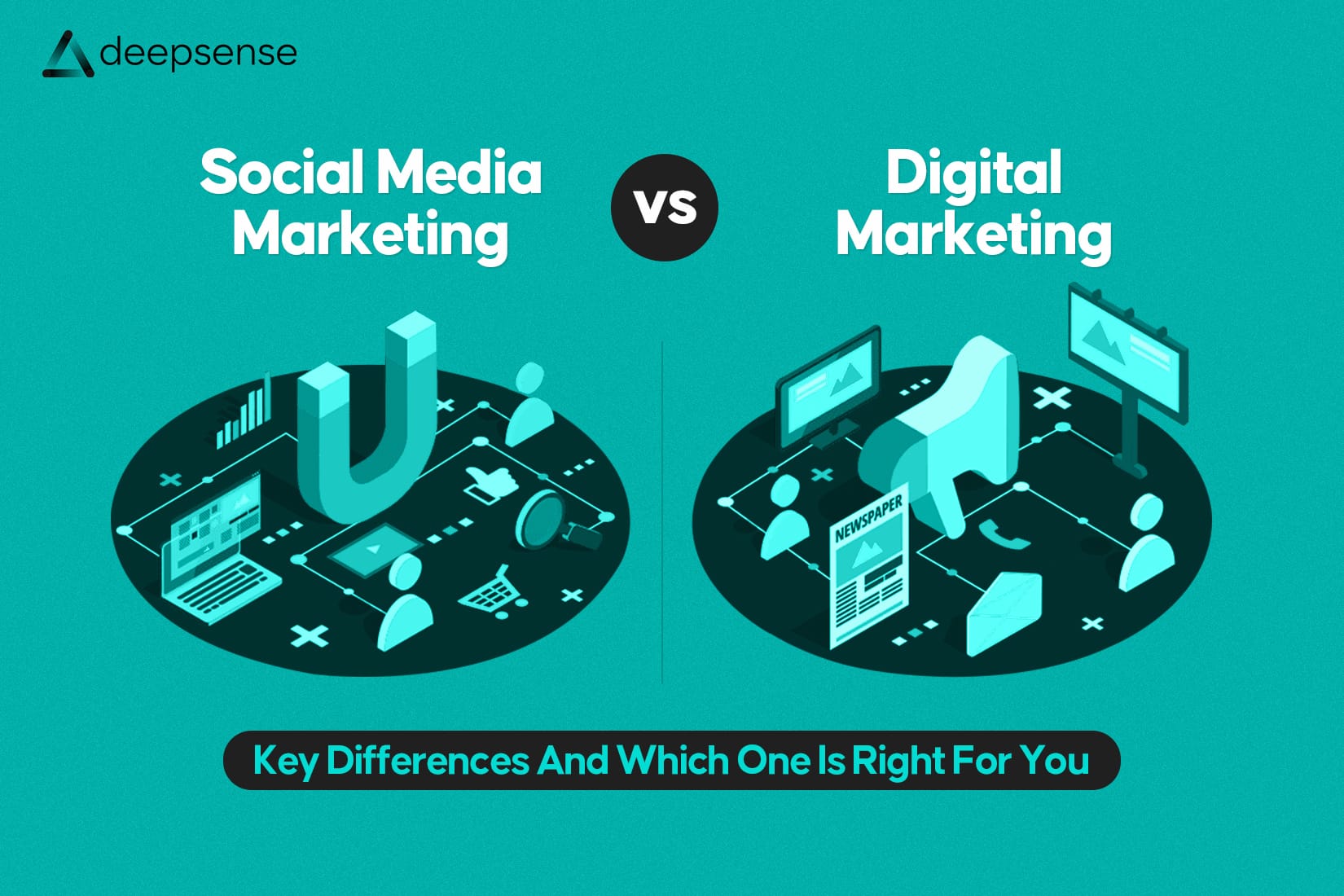Think about the last time you discovered a new brand. Did you stumble upon an ad, or did you maybe see a real customer showing it off on social media? Chances are, it was the latter. That is the magic of User-Generated Content, or UGC as it is often called. Real people sharing real experiences about products they genuinely love, and honesty is powerful.
Today, authenticity is not just a buzzword. It is what separates brands that thrive from those that fade away. Consumers are tired of being sold too. They crave realness, stories they can believe in, and proof that a brand lives up to its promises. And that proof? It often comes from other customers, not from the brand itself.
In this blog, we are going to unpack everything you need to know about UGC. We will look at why it matters, how it builds brand authenticity, dive into some eye-opening statistics, walk through real-world examples, and offer some solid strategies and tips you can start using right away. If you are serious about making your brand more relatable, trustworthy, and ultimately successful, you are in the right place.
So, What Exactly is UGC?
At its core, User-Generated Content is any interactive content ideas, be it a photo, video, review, blog post, social media comment, that is created by your customers, not your marketing team. It is raw, genuine, and relatable because it comes straight from the people who have experienced your product or SEO service.
Think about an excited customer posting an Instagram story about their first day using your skincare product. Or a fitness enthusiast sharing a YouTube vlog showing how your sports equipment helped them train for a marathon. That is UGC, and it carries far more weight than a polished commercial ever could.
Today’s consumers trust their peers far more than they trust brand messaging. In fact, 79 percent of people say UGC highly influences their buying decisions. That is huge.
Why UGC is the Secret Weapon for Building Authentic Brands
When it comes to authenticity, UGC checks every box.
First, it is relatable. Seeing someone just like you using a product in their daily life feels real and believable. Second, it builds trust. Unlike professional ads that sometimes feel scripted and staged, UGC feels natural. There is no big production budgets involved, just a real story unfolding in real time.
And perhaps most importantly, UGC helps brands shift from being a monologue to a conversation. Instead of talking to your audience, you are engaging with them, making them feel heard and valued.
There is research to back this up too. A whopping 86 percent of consumers say authenticity is a key factor when deciding what brands they support. When you let your customers tell their own stories, your brand automatically becomes more credible.
Numbers That Show Just How Big UGC Really Is
Still wondering if investing in UGC is worth it? Let the numbers speak for themselves:
- Consumers are 2.4 times more likely to say UGC is authentic compared to brand-created content.
- Brands that feature UGC on their websites see an average 29 percent boost in conversion rates.
- 70 percent of shoppers actively check UGC like reviews, photos, and testimonials before making a purchase.
- Ads that incorporate UGC experience a four times higher click-through rate than traditional ads.
- 84 percent of millennials claim that UGC on a website influences their buying decisions more than any form of advertising.
In short, UGC is not just a nice-to-have anymore. It is critical if you want to earn customer trust and boost your bottom line.
Real Brands That Are Winning with UGC
Some of the biggest and most beloved brands have made UGC the heart of their marketing strategies.
Take GoPro, for example. Instead of creating endless commercials about their cameras, they handed the storytelling reins over to their users. Today, GoPro’s YouTube channel and social feeds are full of jaw-dropping footage of real people capturing real adventures. They built a brand that feels like a community, not a company.
Or look at Coca-Cola’s “Share a Coke” campaign. By simply personalizing bottles with people’s names and encouraging customers to share photos, they turned a simple soda purchase into a social movement. It was authentic because it was personal.
Airbnb is another powerhouse in this space. Their marketing rarely feels like marketing. Instead, it is hosts and guests sharing their travel stories, creating a rich tapestry of real experiences that potential customers find easy to trust.
These examples are no exception. They are a blueprint for how modern brands are thriving by putting their customers at the center of their narrative.
How You Can Start Using UGC Effectively
Alright, so you are convinced that UGC matters. But how do you actually make it work for your brand? Here is a roadmap to help you tap into this goldmine of content.
1. Encourage Creation with Clear Invitations
You cannot expect customers to create content unless you ask them to. Launch a campaign inviting users to share photos, videos, or stories. Create a unique hashtag. Make it a fun challenge or a contest. And make sure the question is simple and clear.
2. Share UGC Across Multiple Channels
UGC should not live only on social media in business. Integrate it into your website, email newsletters, product pages, digital ads, and even offline campaigns. Customers love seeing real stories, no matter where they encounter your brand.
3. Give Proper Credit
Always credit the original creator. Tag them, mention them, and celebrate them. Not only does this build goodwill, but it also encourages more users to contribute their stories.
4. Be Selective Without Losing Authenticity
While UGC should feel organic, not every piece will perfectly match your brand’s image. Curate thoughtfully. Choose content that aligns with your brand’s voice while still keeping it real and relatable.
5. Engage, Acknowledge, Appreciate
When customers take the time to share their experiences, show them that you are listening. Reply to their posts. Thank them publicly. Feature them in your brand stories. This builds deeper loyalty and keeps the UGC cycle alive.
6. Offer Small Incentives
Sometimes a little nudge helps. Discounts, features on your brand’s page, giveaways, even small rewards can motivate your audience to create more content.
Pro Tips to Get Even Better Results
- Make Participation Seamless: If uploading content, tagging, or submitting entries feels complicated, people will not bother. Keep it as simple as possible.
- Use Smart UGC Tools: Platforms like TINT, Stackla, and Yotpo help collect, curate, and manage UGC efficiently while offering insights into what is working.
- Personalize Campaigns: Tailor UGC campaigns to different customer segments to make the content even more relevant and engaging.
- Time Campaigns Around Events: Launch UGC drives around major events, product launches, or seasonal moments to maximize visibility.
- Tell Stories, Not Just Testimonials: Weaving UGC into larger brand narratives makes it far more compelling than posting isolated reviews.
Some Fascinating Facts About UGC
- UGC campaigns generate 50 percent lower cost-per-click than average digital ads.
- Visual UGC leads to a 28 percent higher engagement rate compared to standard brand posts.
- Sixty percent of consumers believe UGC is the most authentic form of content online.
- Shoppers are 90 percent more likely to trust a brand recommended by a peer compared to one endorsed through traditional advertising.
These insights show just how deeply UGC resonates with today’s audience.
A Few Mistakes You Absolutely Want to Avoid
- Ignoring Negative UGC: Negative reviews are not the end of the world. How you respond to them is what matters. Engaging respectfully can turn criticism into a moment of trust-building.
- Over-Polishing UGC: Trying to make UGC look too professional strips away the very authenticity that makes it powerful.
- Skipping Permission: Always, always get clear permission before reposting or using a customer’s content.
- Being Sporadic: Consistency is key. UGC efforts need to be ongoing, not just a one-off campaign.
Final Thoughts: UGC is the Future of Authentic Branding
If there is one thing to take away, it is this: in a world where AI tools are churning out endless polished content, the raw authenticity of human stories is only becoming more valuable.
Brands that embrace UGC are not just improving their marketing metrics. They are building real relationships. They are creating communities. They are showing customers that they are not just buyers, but part of something bigger.
In the end, the brands that win will not be the ones shouting the loudest. They will be the ones amplifying the real voices of the people who love them most.
So, the next time someone tags you in a post, leaves a heartfelt review, or shares their unboxing video, do not just see it as content. See it as an invitation to build trust, loyalty, and lasting success.
FAQs
1. How to leverage user-generated content for brand authenticity?
Brands can leverage user-generated content (UGC) by showcasing real customer reviews, testimonials, photos, and videos across social media, websites, and ads. Sharing authentic customer stories builds trust, makes marketing more relatable, and demonstrates that real people love and use the brand’s products.
2. How to leverage user-generated content for brand growth?
To drive brand growth, brands can encourage customers to create and share content through contests, hashtags, and rewards. Featuring UGC in marketing campaigns helps expand organic reach, improve engagement rates, and build a loyal community, ultimately leading to higher brand awareness and sales.
3. How does user-generated content contribute to brand authenticity and customer engagement?
UGC creates authenticity by showing real experiences rather than polished brand messaging. When customers see peers endorsing a brand, it feels genuine and trustworthy. UGC also sparks conversations, encourages community participation, and strengthens emotional connections between the brand and its audience.
4. How does user-generated content help a brand?
UGC helps brands by boosting credibility, increasing customer trust, reducing content creation costs, and enhancing social proof. It creates a sense of community around the brand, drives organic growth, and provides fresh, relatable content that resonates more deeply with potential customers.
5. How do you show brand authenticity?
Brands show authenticity by being transparent, sharing real customer experiences, staying true to their values, using honest messaging, and acknowledging feedback openly. Highlighting genuine stories and behind-the-scenes moments also makes brands feel more human and relatable to consumers.
6. What is brand leverage strategy?
Brand leverage strategy involves using an established brand’s reputation to launch new products, enter new markets, or extend the brand’s influence. It helps businesses maximize the existing brand equity to grow faster, create trust in new offerings, and reduce marketing costs.











